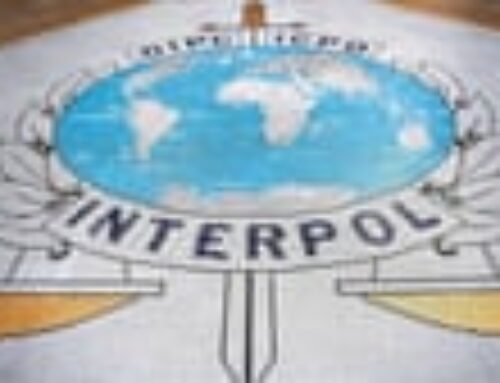Most people would be hard pressed today to name a single Scotland Yard detective, yet many would nod knowingly at the name of Leonard “Nipper” Read. While he will forever be remembered as the man who finally nailed the Kray twins, a major factor in his enduring reputation was that he was regarded with great affection, not only by his colleagues but by many in the criminal fraternity, who regarded him as a straight arrow in an era when some of his fellow detectives were far from that ideal.
Long after his retirement, Read was happy to reminisce about his work, and did not seem to mind being asked the same endless questions about the Krays.
At the start of his investigation into the twins, in the mid-sixties, he had been astonished at the aura that surrounded them. “If they drove down Commercial Road [in east London] everyone waved to them,” he said. “If somebody had a drink with them, it was like having tea with Princess Margaret.”
As an undercover officer, he remembered his first sighting, in 1964, of Ronnie Kray at the Grave Maurice, the Whitechapel pub the twins frequented. “There was a big American car and a guy stepped out with his hand in his pocket as though he had a gun there and sort of swept the street, making sure there was no one in sight and then gave a signal and the back door opened and out stepped Ronnie Kray.
“He was dressed like a 1930s Chicago gangster, with a long, long cashmere coat that reached to his ankles, tied in a loose belt at the waist. His hair was greased and parted and he wore his glasses. He looked like Al Capone without his fedora.”
Read, a sunny, good-natured and modest character who did not take himself too seriously, only rarely bristled when asked about the Krays in later life. The former Daily Telegraph crime correspondent, John Weeks, recalled that “the only time I saw him get annoyed was when I asked him about [the Krays] doing good for OAPs, taking them to the seaside in charabancs. He said ‘that’s the biggest load of crap. They did nothing at all’.”
His former Scotland Yard colleagues regarded Read with admiration. John Grieve, the former deputy assistant commissioner who headed the anti-terrorist and racial crime units at the Met, joined the police at the time Read was hunting the Krays, and recalls him as “an absolute inspiration to my generation, a paradigm of what a dedicated detective should be in the latter half of the twentieth century: innovative, meticulous, hardworking, a successful investigator of massive integrity and high professional expertise. Put the fear of God and New Scotland Yard into the bad guys.”
Read had been given the responsibility by Scotland Yard of tackling the twins after Jack “The Hat” McVitie’s murder in 1967, at a time when they seemed untouchable, and he set off in pursuit of those who had drifted out of the gang.
His key informant was Leslie Payne, who had handled the Krays’ business affairs and now believed they wanted him dead. The Krays seemed to have taken the news of the pursuit phlegmatically: they bought two boa constrictors and named them Read and Gerrard after the two men tracking them, “Nipper” and Ch Supt Fred Gerrard.
Payne’s evidence was vital in convicting both men. Read believed at the time that his inquiry was hampered by the early leaking of his work by the “mandarins” at Scotland Yard, who liked to boast of corporate successes. He also heard that there was a contract on his life and started looking under his car before setting off for work.
Years later, Read would argue that Payne was, in effect, the first “supergrass”, the title often given to Bertie Smalls, who informed in the 1970s on dozens of former bank-robbing associates.
When Ronnie Kray died in 1995, Read said he was “saddened” by the news – and he probably meant it.
-
This article was amended on 9 April 2020 to correct the date of Ronnie Kray’s death




